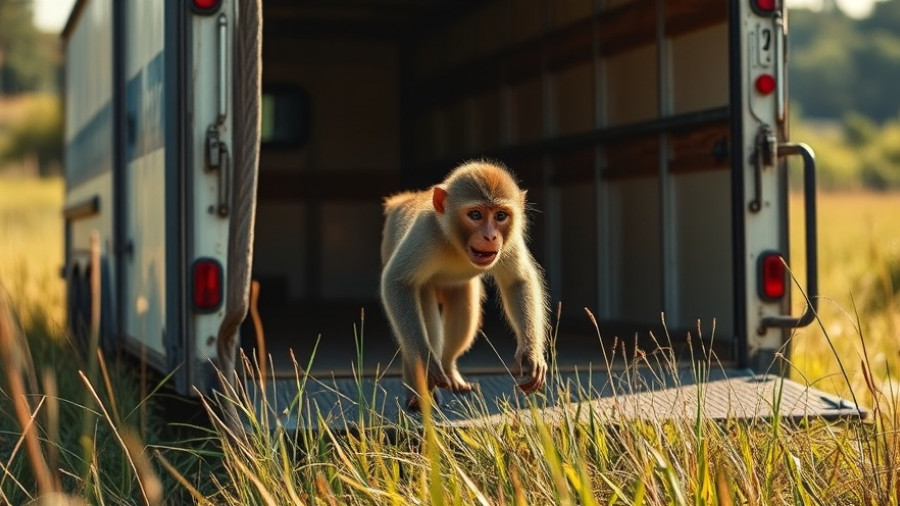
Elon Musk’s Technology Snub: The Battle of Autonomous Driving
In a recent diatribe against Waymo, Elon Musk, the CEO of Tesla, took to social media to criticize a video showing a Waymo robotaxi driving down the wrong side of the street. While Musk touted the superiority of Tesla’s camera-based approach to autonomous driving, this incident has raised eyebrows—especially since Tesla's own robotaxis have exhibited similar erratic behavior since their limited release in Austin, Texas.
A Closer Look at the Technology
Musk's preference for cameras over LIDAR and radar sensors is a defining aspect of Tesla's brand of autonomous driving technology. He argues that relying on visual sensors is advantageous, despite extensive criticism over their reliability in adverse conditions. Advocates for LIDAR argue that it provides a more comprehensive sensor suite that can assist in navigating complex urban environments, a challenge that both Tesla and Waymo are attempting to master.
Unfortunately, this isn't just a theoretical debate. Footage of the Waymo incident not only supports Musk's commentary but also serves as a reflection of the ongoing challenges both companies face in perfecting their technologies. The quick responsiveness of the robotaxi forced a human driver to yield, an unnerving situation that underscores the need for improved safety protocols.
The Stakes of Autonomous Driving
As small business owners, understanding the landscape of autonomous technology is crucial. With both Waymo and Tesla struggling with safety incidents—Waymo’s history of accidents and Tesla's erratic driving behavior—it highlights the difficulties inherent in bringing fully autonomous vehicles to the market. Each failure puts consumer trust on the line and could ultimately influence larger transportation policies. In markets increasingly reliant on technology, your business's adaptability could hinge on how well you navigate these evolving challenges.
An Industry in Turmoil
Waymo has claimed significant progress, boasting over 100 million miles of autonomous driving, which casts a shadow on Tesla's recent rollout of only a handful of robotaxis in a carefully selected testing area. This disparity signifies an uphill battle for Tesla as the company seeks to scale its autonomous capabilities.
Public Sentiment and Safety Concerns
The public’s view of autonomous driving technology is increasingly skeptical. High-profile setbacks, such as vengeful vandalism against Waymo’s fleet, illustrate a burgeoning backlash against the idea of replacing human drivers. Small business owners must recognize that these perceptions could ripple, towards creating a marketplace where automation is met with resistance instead of acceptance.
Looking Forward: Opportunities and Innovations
As we look towards the future, it's uncertain how long it will take for either Tesla or Waymo to achieve true autonomous driving safely. The continual defense of one's technology, coupled with a practical necessity to ensure safety, makes this a ripe area for innovation. Small business owners could be at the forefront of either adopting these self-driving technologies for logistics and delivery services, or helping shape conversations about regulatory frameworks that govern such operations.
Ultimately, the road ahead is challenging. As Musk and his team continue to refine Tesla’s approach, it might be wise for small business owners to stay informed about advancements in this technology, along with regulatory changes that are sure to arise as autonomous vehicles become more common on our roads. It's an exciting era; staying engaged is not just prudent but may also yield substantial benefits down the line.
Concluding Thoughts
In the dynamic race for self-driving technology, while one might feel inclined to take sides—Tesla or Waymo—it's imperative to focus on the bigger picture. Both companies face significant hurdles in making autonomous driving a reality. For small business owners, the interplay of technology, public perception, and safety protocols will be crucial factors as this industry continues to evolve.
 Add Row
Add Row  Add
Add 




Write A Comment